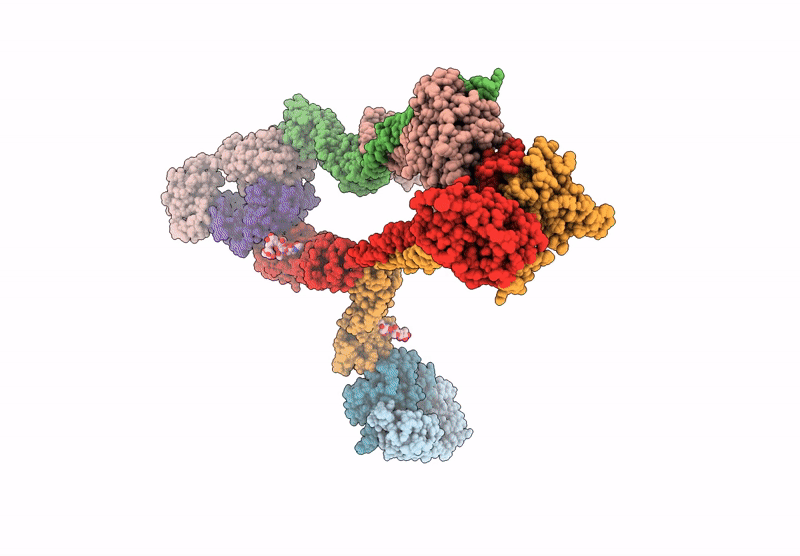
Deposition Date
2024-08-12
Release Date
2025-05-21
Last Version Date
2025-07-23
Entry Detail
PDB ID:
9J5J
Keywords:
Title:
Cryo-EM structure of BTN2A1-BTN3A1-BTN3A2 in complex with gdTCR
Biological Source:
Source Organism:
Homo sapiens (Taxon ID: 9606)
Host Organism:
Method Details:
Experimental Method:
Resolution:
4.05 Å
Aggregation State:
PARTICLE
Reconstruction Method:
SINGLE PARTICLE


